
Hollywood in the Heartland
The Wisconsin Center for Film and Theater Research has compiled a world-class collection of materials from the entertainment industry.
If you dream of reading the original screenplay that kicked off the Jurassic Park film franchise, look no further than Box 1, Folder 15, of the David Koepp Papers.
That precious bit of movie history is safeguarded by UW–Madison’s Wisconsin Center for Film and Theater Research (WCFTR). Koepp x’85 entrusted it to the center along with many of his other early drafts and final scripts, including Mission: Impossible (1996) and War of the Worlds (2005), which he cowrote with Steven Spielberg.
One of the top archives of its kind in the world, WCFTR has for 66 years been preserving — and sharing — resources from the film, theater, and broadcasting industries. Although it’s located on the UW–Madison campus, some 2,000 miles from Hollywood, the center’s rich collection draws scholars, researchers, and movie buffs from around the globe.
And a rapidly growing digital presence means that many of the jewels in this fascinating collection can be accessed from anywhere, for free, 24/7. Through the center’s Media History Digital Library, online visitors can view millions of pages of historical books and magazines focused on film, broadcasting, and recorded sound, gaining insight into American culture.
“We are doing more than ever before to bring our collections to the world,” says director Eric Hoyt, the Kahl Family Professor of Communication Arts.

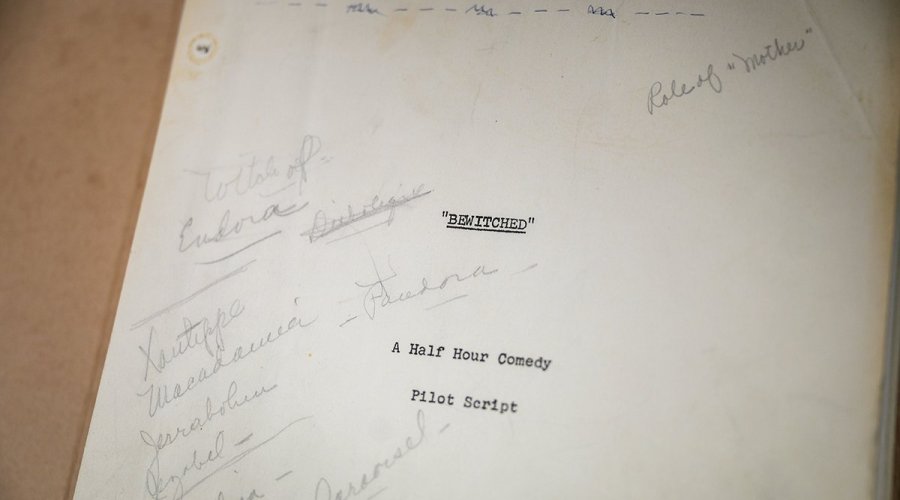

Among the center’s treasures are the original Jurassic Park screenplay, the pilot script for Bewitched, and a casting call for what would become the American TV hit The Office, which includes a description of the character Michael Scott (Steve Carell): “a train wreck of bad leadership characteristics.” Althea Dotzour
The center “is a treasure trove of insight, images, and ideas about film and theater,” says the filmmaker and film scholar Karen Pearlman, who came from Australia to tap the archival riches for her book about the 20th-century American dancer and filmmaker Shirley Clarke. Pearlman and Richard James Allen, who together direct the Physical TV Company, went on to donate their papers and films to WCFTR as well.
How did a heartland university become a premier destination for entertainment history? Top-notch faculty helps. And, crucially, UW–Madison saw the value of preserving film materials long before other major institutions.
“New Ways for Understanding Ourselves”
The collection was made possible in 1960 by a collaboration between UW–Madison and the Wisconsin Historical Society. In 1969, the Wisconsin Center for Film and Theater Research acquired the hugely significant United Artists collection, containing nearly five decades of records from the film production and distribution company founded by movie legends Charlie Chaplin, Mary Pickford, Douglas Fairbanks, and D. W. Griffith.
Today, the center is part of UW–Madison’s Department of Communication Arts. It contains an astonishingly wide range of holdings, including the collections of Broadway greats such as Hal Holbrook, Moss Hart, and George S. Kaufman; plus film and television collections from pioneering late-night TV host Faye Emerson, Twilight Zone creator Rod Serling, MGM studio head Dore Schary, and blacklisted screenwriter Dalton Trumbo.
“It houses one of the best and most useful collections of material for film studies anywhere in the nation,” says Thomas Doherty, a film scholar and professor of American Studies at Brandeis University. Doherty turned to the Wisconsin Center for Film and Theater Research as he did research on blacklisted screenwriters in the 1940s for his book Show Trial: Hollywood, HUAC, and the Birth of the Blacklist.
“Wisconsin was one of the first universities to realize that the records of the studios and filmmakers were worthy of preservation and cataloging, at a time when snooty universities turned up their noses at collections from Hollywood,” he says.
WCFTR’s archives are rivaled only by those at the University of California–Los Angeles, the Harry Ransom Center at the University of Texas at Austin, the Academy of Motion Picture Arts and Sciences, and the Library of Congress.
Working hands-on with the actual artifacts can be a thrill, says Mary Huelsbeck, the center’s assistant director. “I love any chance I get to work with our movie posters,” she says. “I’m amazed not only at the artwork but all the movies I’ve never heard of.”
Film archivist Amanda Smith says that one of her favorite corners of the center’s collection is “our growing number of press junket interviews.”
“We have one collection from news broadcaster John Stofflet ’83 during his time as an entertainment reporter in Seattle and another from Milwaukee-based entertainment reporter Gino Salomone. The footage consists of three- to five-minute interviews with basically every celebrity who was producing work from 1990 to today.” Particularly fun, Smith notes, are the few seconds before and after the official interview, when reporter and star are just casually chatting.
The center’s materials are often used in the classroom. UW–Madison communication arts professor Jeff Smith MA’89, PhD’95, for example, borrows a 16mm print of the nearly forgotten Warner Bros. movie Nora Prentiss for his film noir class. For his course American Film Industry in the Era of the Studio System, Hoyt has students select and analyze a paper artifact — newspapers, scripts, memos — from U.S. cinema history prior to 1940.
“Research in the humanities is vitally important,” says Hoyt. “This work confirms what we think of as our history, and sometimes it challenges it. It cares for a shared past and gives us new ways for understanding ourselves.”
“Our Shared Knowledge of America and the World”
The Wisconsin Center for Film and Theater Research has been one of the most successful humanities units on campus in terms of receiving federal grants. From 2023 to 2025, it won three separate grants totaling $550,000.
One of the center’s largest efforts has been Project Ballyhoo, a five-year initiative to digitize and share motion picture pressbooks, which contained promotional materials. The open-access database allows users to view the material and to see how these early marketing tools made their way into newspapers and trade magazines.
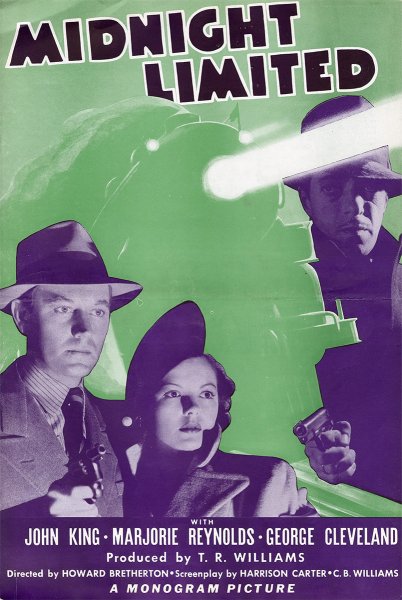
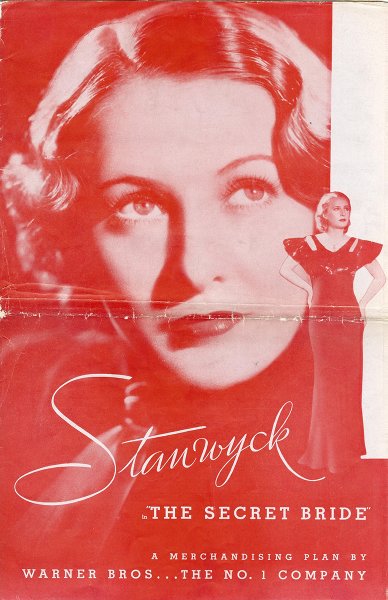
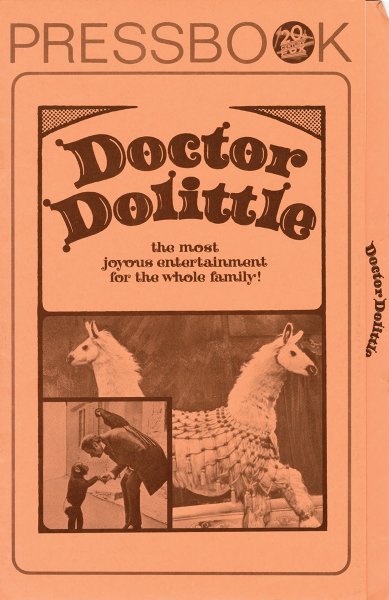
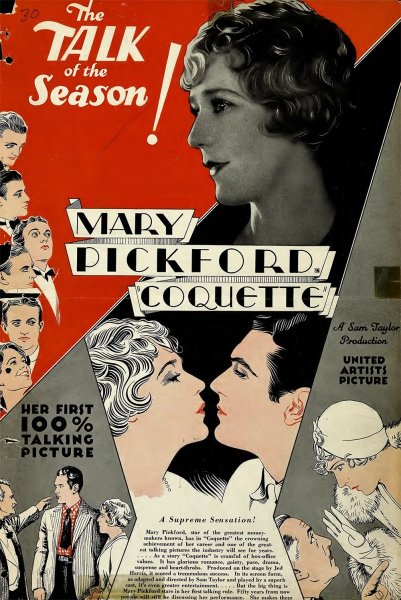
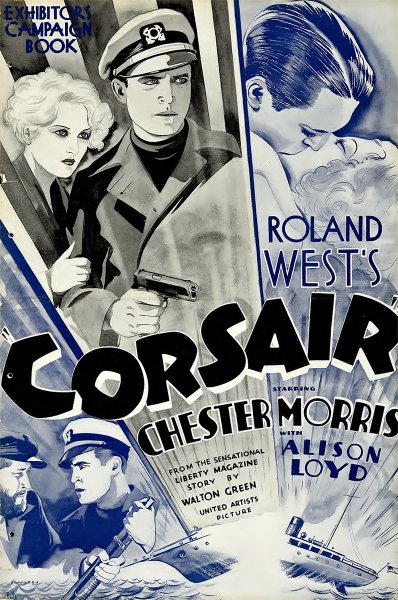
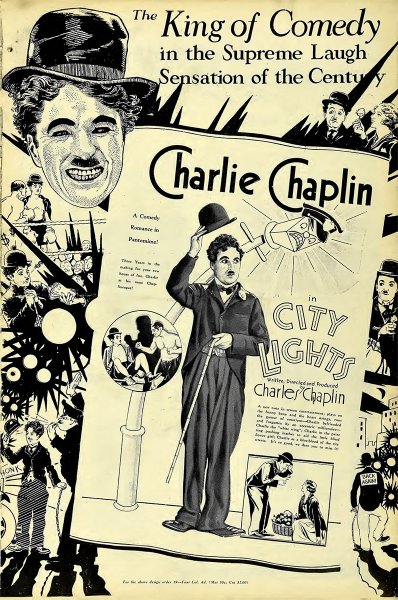
Historic Hollywood pressbooks are being digitized as part of the WCFTR’s Project Ballyhoo, recently described by the National Endowment for the Humanities as “among our nation’s most significant humanities projects.” WCFTR
The innovative technologies and data analytics methods created by the WCFTR team for Project Ballyhoo are also designed to serve as a model for future researchers. To speed up its work, the center has leveraged the high-level computing power of the Center for High Throughput Computing, UW–Madison’s core research computing center.
In January 2025, Project Ballyhoo was awarded a prestigious, roughly $150,000 Digital Humanities Advancement Grant by the National Endowment for the Humanities (NEH). However, less than three months later, the government terminated that federal grant, plus an even larger one to digitize the work of video artist Wendy Clarke. The American Council of Learned Societies, the American Historical Association, and the Modern Language Association responded with a lawsuit asking that the NEH funding be restored.
Last July, a federal judge issued a preliminary ruling that was supportive of many of the plaintiffs’ claims. Project Ballyhoo was one of the NEH awardees referenced in the decision as “among our nation’s most significant humanities projects” that holds the potential to contribute something great to “our shared knowledge of America and the world.” Nevertheless, the ruling did not order the NEH to immediately restore the grants.
Due to the loss of federal funds, the Wisconsin Center for Film and Theater Research is putting a greater emphasis on growing its base of donor support.
“The funding landscape will change,” says Hoyt. “Our commitment to access, preservation, and history never will.”
Gayle Worland works in the UW–Madison Office of Strategic Communication.
Published in the Winter 2025 issue
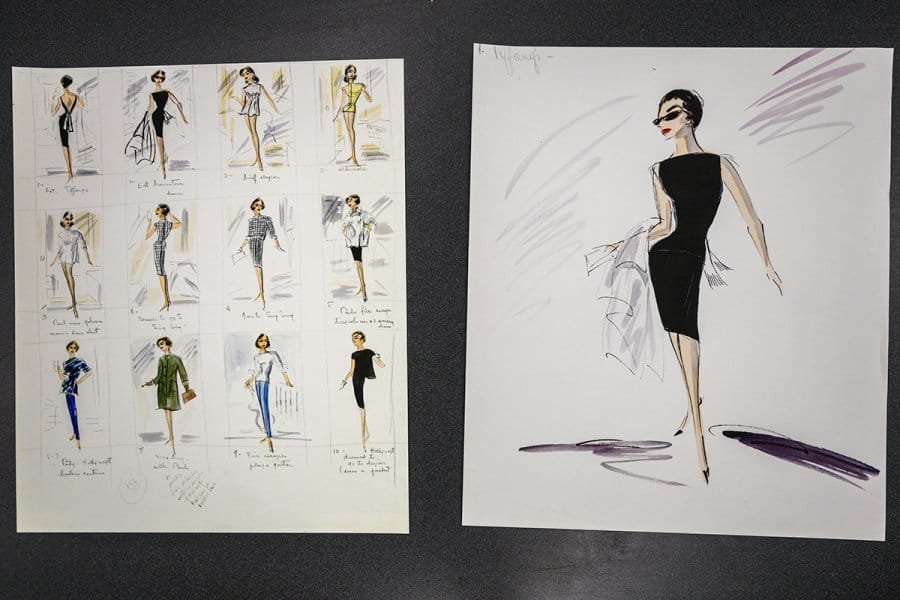
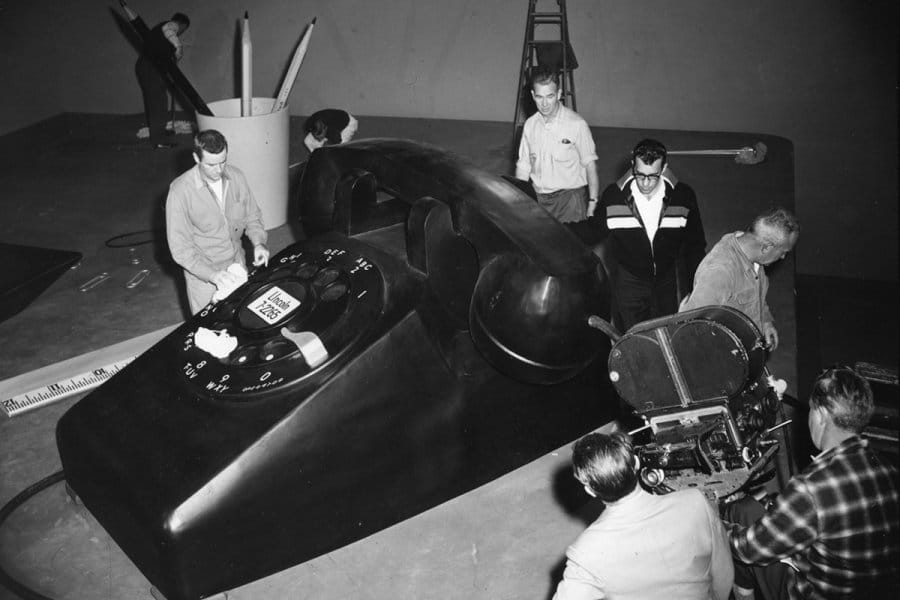
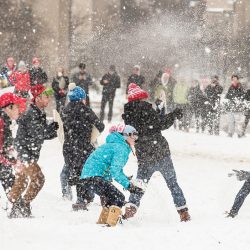
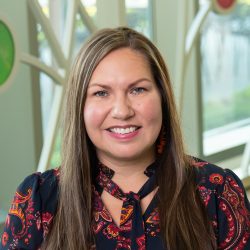
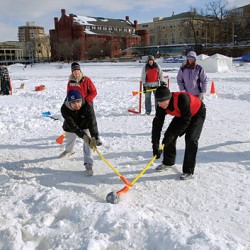
Comments
No comments posted yet.